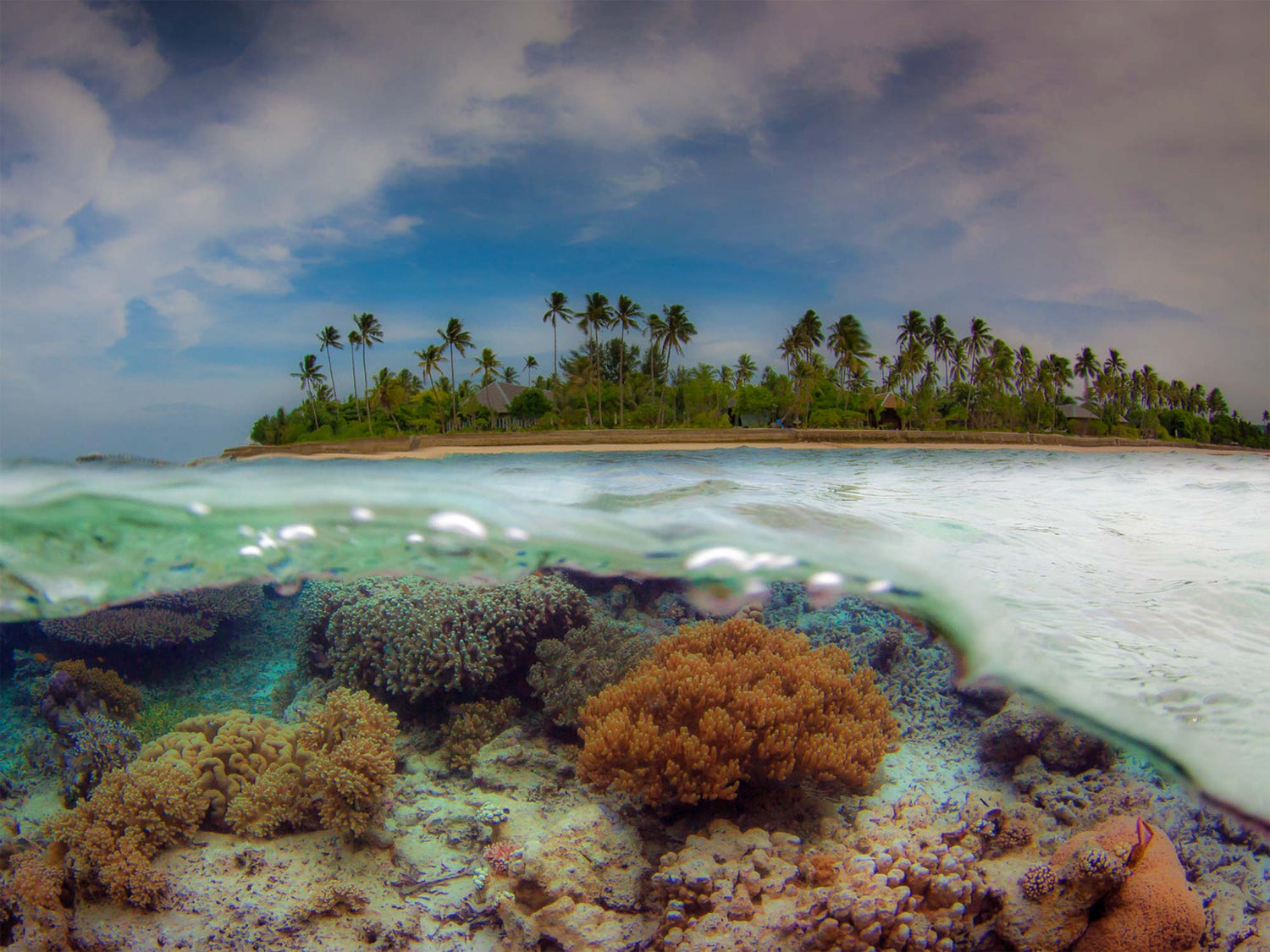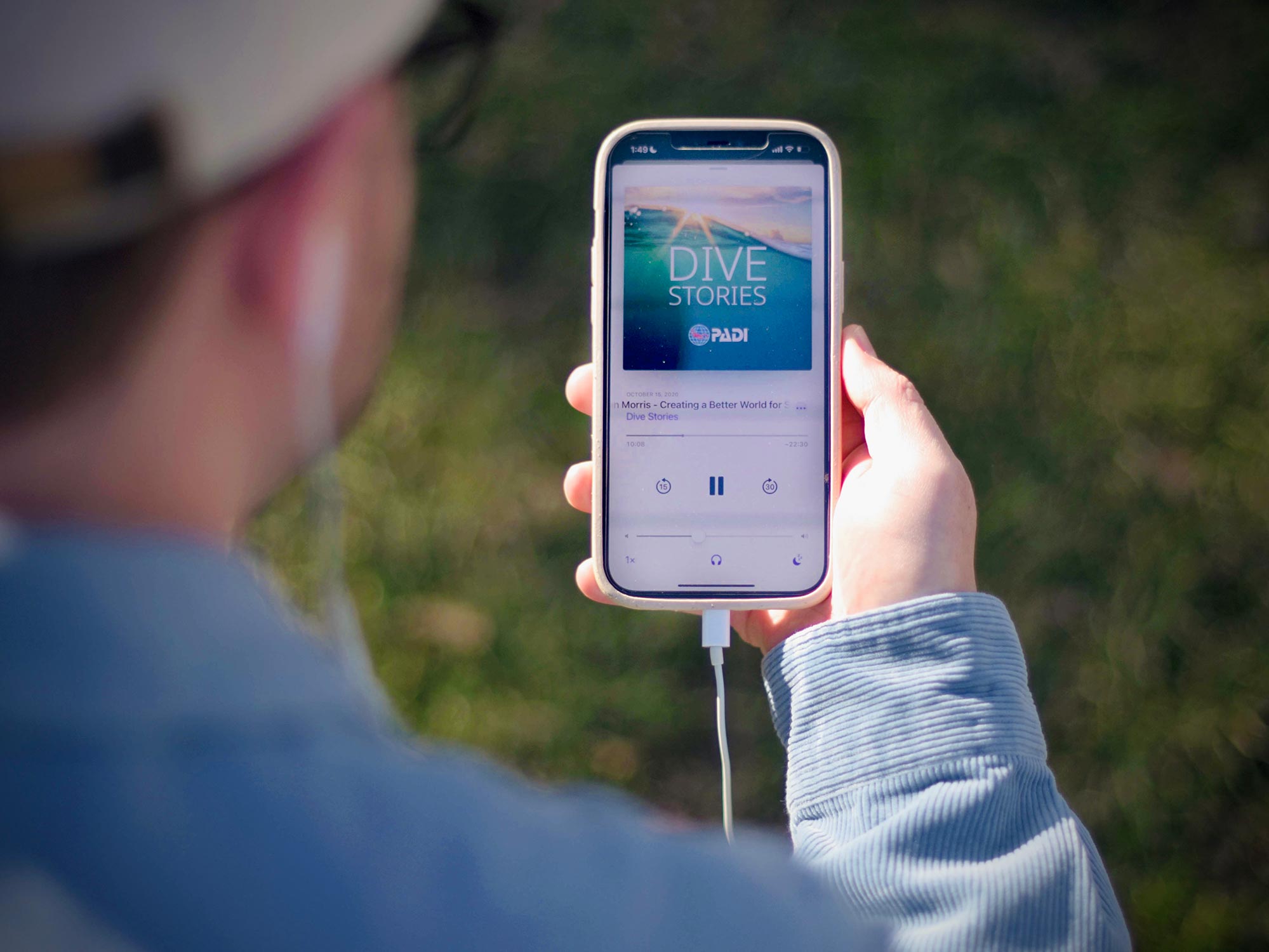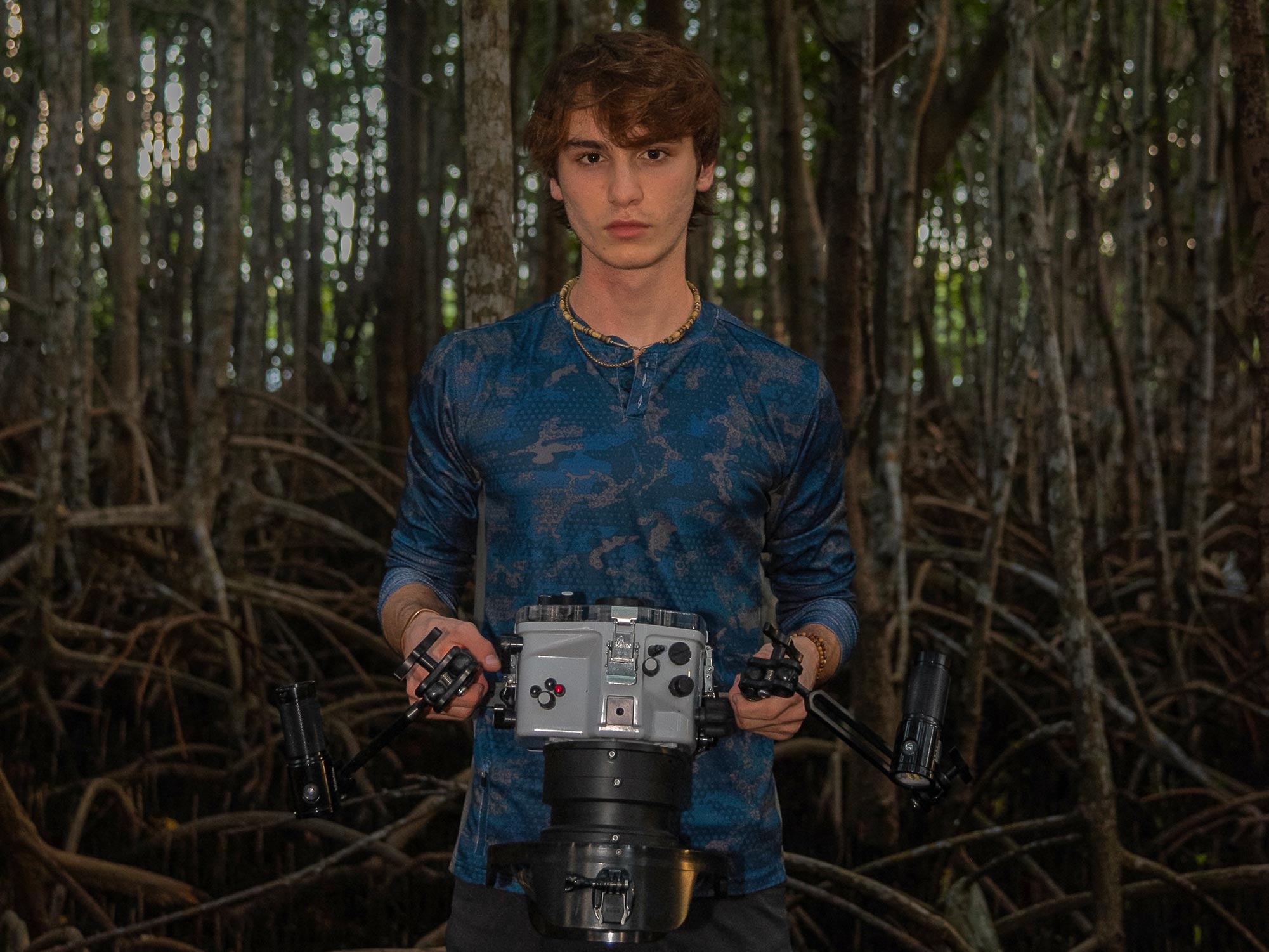By Steve Miller
All images © Steve Miller
Many people hear about Wakatobi for the first time as whispers at some other diving destination, perhaps in the photo room. After a bit of research Wakatobi becomes a “bucket list” destination for a lot of these photographers.
Wakatobi is actually just a group of small islands in the Coral Triangle. It is accessed via private charter flight from Bali, Indonesia to an airstrip built for Wakatobi Dive Resort. Chances are you have seen images taken here, particularly if you browse photo contest winners.

Underwater photographers flock here for a variety of reasons. There are miles of protected reefs that can be accessed from shore or boat, on snorkel or scuba. Photographers are drawn here for the clear water and biodiversity, but also for the structure of the reefs. Most of these sought-after reefs have a shallow "reef top" where you can snorkel a few feet above lush coral gardens, or swim a few yards further to a vertical drop off or wall dive.
The importance of this reef structure can't be overstated. For coral health, these drop-offs mean that the water is refreshed with each tide, which makes coral bleaching a non-event as the water gets cooled daily.
For the diver it changes your day; no time is wasted on long boat rides or long swims, and those of us concerned about decompression can make use of the multi-level algorithms in our computers. Three 70-minute dives are the standard fare, and by staying shallow one can add another hour or two underwater on the House Reef without nearing decompression.
This means more, and higher quality, images. Use the highlights below to get an idea of the many diverse flora, fauna, and photo opportunities in Wakatobi.
Pygmy Seahorses

Macro life in the Coral Triangle is still being discovered. A small patch of reef can contain more subjects than you can shoot on a single dive. Wakatobi is considered one of the best places in the world to find pygmy seahorses of various species. To keep your session brief, consider stopping your lens down to it's smallest aperture with dual strobes. This will give you the best chance of keeping the eye sharp and within the depth of field. Best practice is 3-6 flashes, then leave them be.
Cuttlefish

Cuttlefish are large in Wakatobi, and famous for posing while changing color and shape. If you are slow and careful they will allow multiple frames. Try not to push them off of the area you found them in. Aim for an upward camera angle and get your lens close while still respecting their boundaries. To best capture the cuttlefish coloring you'll want to use dual strobes, but be careful with constant-on video lights as they're sensitive to this lighting.
Turtles

Turtles are very common in Wakatobi. If you wake up one morning and see a cage in the sand, it means that a turtle came up on the beach and laid eggs overnight. The staff will do this to protect the eggs until they hatch.

The palm trees in this image tell you how close to shore this was taken. Even in these bright shallows, dual strobes from below will bring the exposure below water up to match the surface and sky exposure.
Flathead Crocodilefish

Flathead crocodilefish are fairly common if you look for them. Ambush hunters, they will lie still and allow you to photograph them from very close as long as you are slow and careful with them. Their colors will vary with what they are laying on so if they are in the sand, they will be very drab. Seeing two together like this is more rare.
Flathead crocodilefish have the "million dollar eye" which makes them ripe for macro photography as well as fluorescence and luminance photography.
Large Anemones

A perennial favorite are large anemones with their resident clownfish, shrimp, and even crabs. They come in many colors and sizes and are just as photogenic when “balled up” as they are when they are spread out. If you are looking, you can find these at almost every dive site. Look for one that is perched on a wall so that you can get an upward camera angle; if they are down low in a crevice, keep swimming until you find one that is more accessible.
Reef Split-Shots

While planning your trip, take a look at the Moon phases that will be going on. Extremely low tides will cause some sections of reef to stick out of the water for awhile. Over/under or Split-shots are much easier when the reef kisses the surface. Keep your eye on the tide tables or ask any staff member when low tide is. This is a great time to shoot these, even on snorkel.
Giant Clams

Giant clams come in many colors here. A large one might be 12-18 inches long. Treat them as a typical Close-Focus-Wide-Angle shot, knowing that this is one subject you can shoot right on the dome. The schooling juvenile fish that the flash caught were there for only a single frame out of six, just passing through; we call this luck.
Astrophotography

There is very little light pollution in Wakatobi, so you can do astrophotography from the beach in front of your bungalow. Open your wide lens up all the way, and try a shutter speed close to, but not longer than 30 seconds. Any longer and your stars will turn into dashes due to movement. Bracket your ISO starting around 1600. If you don't have a tripod, try taking a small towel on the sand. If you don't have a remote trigger, just use the self timer to prevent camera shake when you depress the shutter. If it is the Milky Way that you want to capture, shoot during a New Moon (moonless night). If this cycle doesn’t coincide with your trip, check to see when the moon rises and sets, and shoot before or after that.
An Underwater Photographer's Dream Dive

Wakatobi is easy. If you're on the lookout for a specific subject, photographers can hire a private guide, or even a photo coach to find particular subjects for them and provide tips. They will also swim into the frame if you wish to provide a sense of scale.
Porters carry and rinse your gear. Guides give you scented steamed towels to help you endure the short ride to and from the reef. Lavish healthy meals await you at every break. A work area in a climate controlled room by the jetty is your first stop before and after every dive. The water is clear, flat, and warm, so you can work a subject or a site at your leisure in relative comfort.
For some of us older divers, being able to spend the last 30 minutes of every 70-minute dive in 15 or so feet of water while still shooting is huge. There are few places in the world where you can spend 4+ hours a day underwater shooting, without ever getting near the decompression limits of your computer.
There's a reason you so often seen award winning images coming out of Wakatobi. The marine life is diverse and you have plenty of time to perfect your shot. Whether you're looking to win an award or just want a nice and easy dive, Wakatobi has it all.
 Ambassador Steve Miller has been a passionate teacher of underwater photography since 1980. In addition to creating aspirational photos as an ambassador, he leads the Ikelite Photo School, conducts equipment testing, contributes content and photography, represents us at dive shows and events, provides one-on-one photo advice to customers, and participates in product research and development. Steve also works as a Guest Experience Manager for the Wakatobi Dive Resort in Indonesia. In his "free" time he busies himself tweaking his very own Backyard Underwater Photo Studio which he's built for testing equipment and techniques.
Ambassador Steve Miller has been a passionate teacher of underwater photography since 1980. In addition to creating aspirational photos as an ambassador, he leads the Ikelite Photo School, conducts equipment testing, contributes content and photography, represents us at dive shows and events, provides one-on-one photo advice to customers, and participates in product research and development. Steve also works as a Guest Experience Manager for the Wakatobi Dive Resort in Indonesia. In his "free" time he busies himself tweaking his very own Backyard Underwater Photo Studio which he's built for testing equipment and techniques.
Additional Reading
An Insiders Guide to Diving Wakatobi Resort Indonesia
Clowning Around | Shooting the Anemonefish Circus
Manual White Balance for Underwater Still Photography
Tips on Entering a Photo Contest
What I Wish I Knew When I Started in Underwater Photography [VIDEO]
The Importance of Hitting the Water with a Shot in Mind [VIDEO]
Shooting the Colorful and Camouflaged Flathead Crocodilefish













